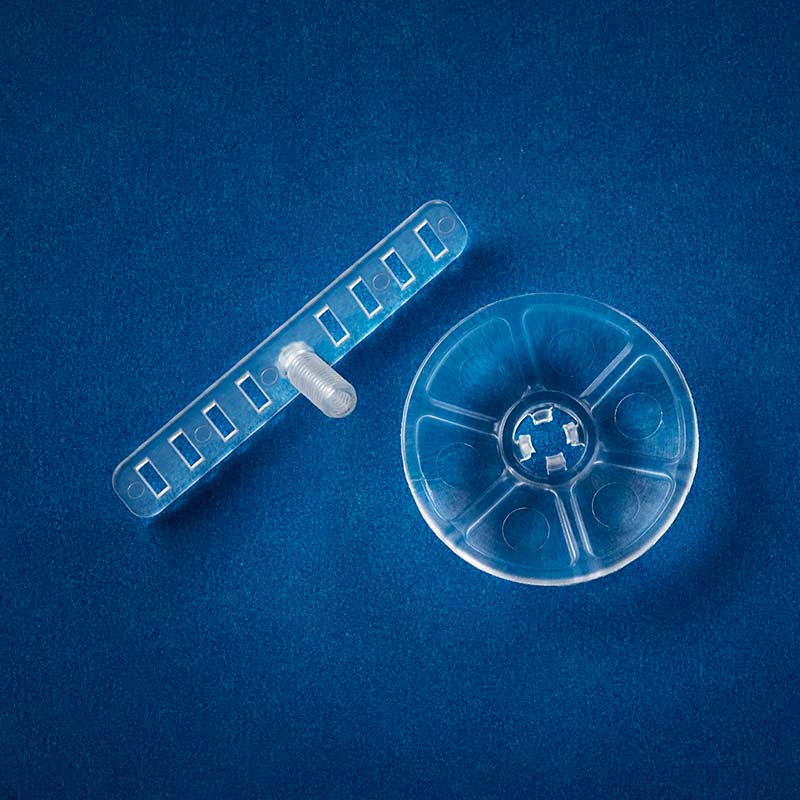The capability to attach functional enzymes, proteins, and antibodies to the surface is the basis of new implantable medical device Biosensors, protein arrays, and biosensors to screen for disease and enzyme-based chemical processing.
This research project involves a multidisciplinary team composed of biochemists, physicists medical professionals, and biologists to find the applications of implantable medical device research & development which associates with the creation of these devices and procedures.

The need for implantable medical devices is rising quickly due to the limited availability of transplantable human organs, as well as our aging population. This year, we've entered into collaboration with two innovative firms working in this field.
Cochlear is the world market leader in the field of auditory implants for those with hearing impairments, while Spinecel is a provider of cutting-edge techniques for bone-contacting prosthetic implants, like knee joints and replacement hips.
Both companies are looking to develop surfaces that facilitate the expansion and later integration of the osteoblasts (or bones cells) and neurons (nerve cells) to drastically increase the efficacy of their devices.
These patients are attracted by our new patent-pending surfaces that allow for the linker-free attaching bioactive protein. This research project will investigate the application of proteins to draw cell types of the targeted kind connected to our protein binding surfaces to aid in the integration of the biosystem of interest.
Methods used to study the surface and their ability to attach proteins include AFM surface profilometry photoemission spectroscopy using x-rays secondary mass spectroscopy, infrared spectroscopy measuring contact angle as well as electron microscopes.